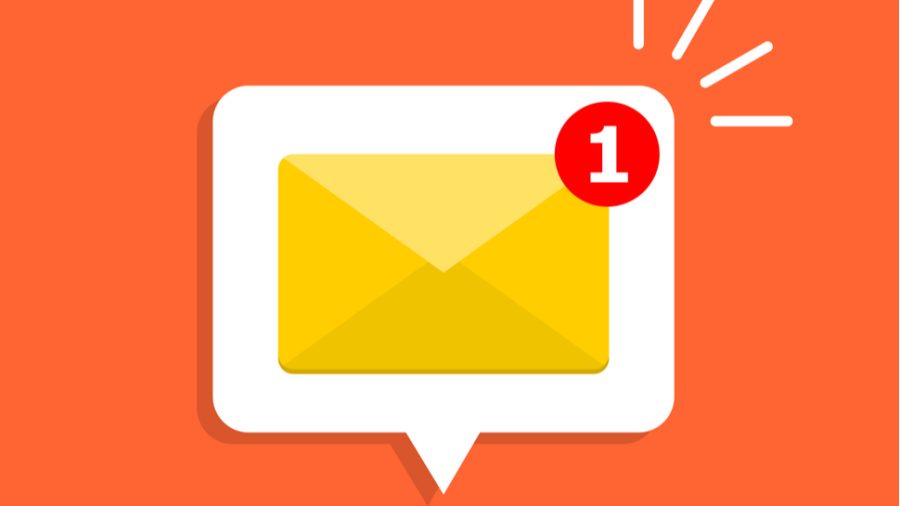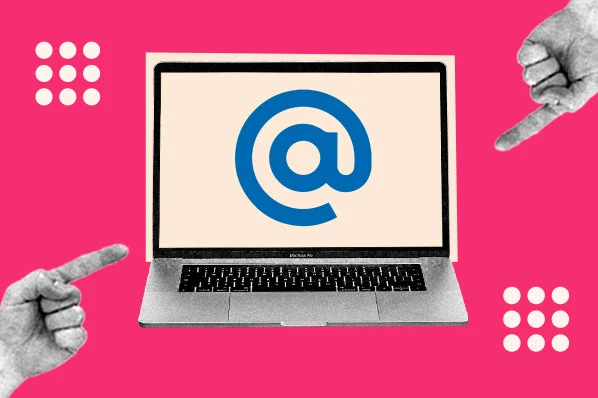The purpose of an inquiry email is to find out more about a product or service. The email should be polite and concise, and it should ask specific questions about the product or service.
When composing an inquiry email, it’s …


The purpose of an inquiry email is to find out more about a product or service. The email should be polite and concise, and it should ask specific questions about the product or service.
When composing an inquiry email, it’s …

A postscript (PS) is an optional section of a letter or other document that follows the signature block. It is sometimes used to add additional comments or information, such as contact information or a request for a response.
To write …

Postscript (PS) is a powerful printing language that originated on the Apple Lisa and Macintosh computers in the early 1980s. It enables you to control the layout and appearance of text and graphics on a printed page.
To create a …

There are a few things to keep in mind when writing an email to a doctor. First, address the email to the doctor’s name. If you don’t know the doctor’s name, you can typically find it on the clinic or …
Powered by WordPress & Theme by Anders Nor